This summer, as ambitious installations and sprawling exhibitions fill historic palazzos and institutions across Venice for the 58th Biennale (running from May 11 to November 24), we’ve gathered a selection of the must-see events happening within the official Biennale and at affiliated venues all over the city.
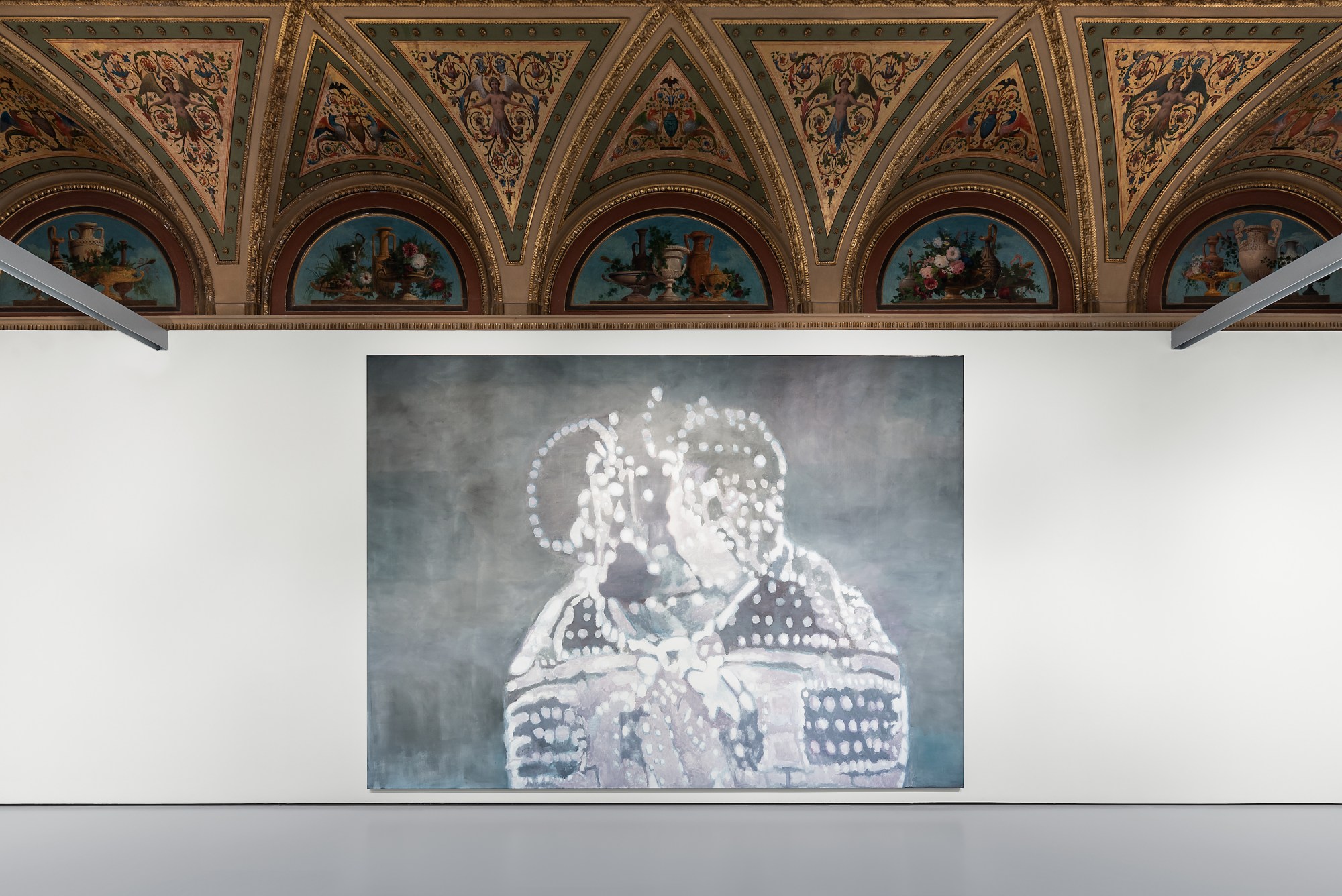
Luc Tuymans: La Pelle , Palazzo Grassi through January 6, 2020
Eighteen years after Luc Tuymans shocked and rattled audiences at the Biennale with his exploration of Belgium’s colonial history at the country’s pavilion, the artist is back in Venice with an equally spectacular exhibition in Francois Pinault’s 18th-century palazzo. Titled La Pelle (The Skin), after Italian writer Curzio Malaparte’s 1949 novel, the exhibition opens with a new site-specific work conceived for the atrium of Palazzo Grassi. The enormous marble mosaic, “Schwarzheide,” is a reproduction of a painting by the same name created by the artist in 1986 that, like so many of his works, addresses the horrors of German forced-labor camps. Alluding to how prisoners would secretly cut their drawings into strips to avoid their being confiscated, Tuyman’s piece is so large that its form is indistinguishable to a visitor walking in. As soon as the visitor stands at the level of the balustrades overlooking the atrium, though, the image is reassembled and delivers its message.
“The artist claims that painting should entail a void, a flaw, and it is in this ‘absence’ that the visitor should rewrite his own version of the story, its narrative,” curator Caroline Bourgeois said.
By subverting the images he sources from the press, television, the internet, even Netflix shows, Tuymans triggers, in his own words, an “authentic forgery of reality,” each of the 80 works in the exhibition bringing us further from the idea that there is such a thing as an objective truth.
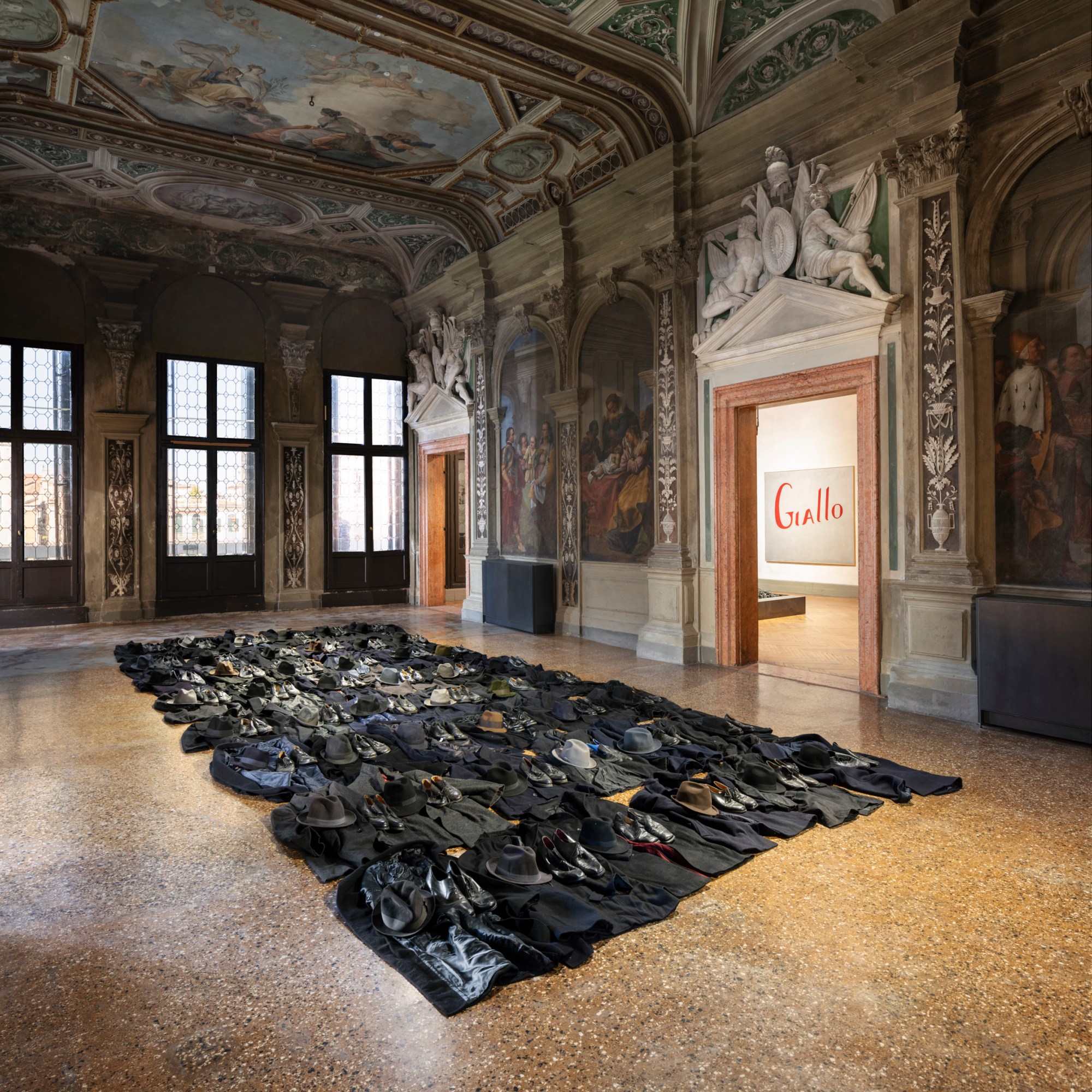
Jannis Kounellis , Fondazione Prada, Ca’ Corner della Regina through November 24, 2019
This year, the Prada Foundation will present a major retrospective of the late Arte Povera pioneer Jannis Kounellis— the first since the artist’s death in 2017. Curated by Germano Celant and in collaboration with Archivio Kounellis, Jannis Kounellis includes more than 60 major works from 1959 to 2015 that perfectly illustrate the artist’s transition from the traditionally pictorial uniformity of his early practice to his later incorporation of natural elements like soil, cacti, wool, and fire. A highlight of the exhibition is one of the artist’s ambitious installations from 1992 on view in the internal courtyard of the Venetian palazzo. Originally conceived for the external façade of a building in Barcelona, it is composed of seven metal plates supporting sacks filled with coffee beans—a testament to the artist’s concern with creating dialogue between his monumental installations and architectural spaces right up until his death.

Baselitz – Academy , Gallerie dell’Accademia through September 8, 2019
Gallerie dell’Academia, a space indelibly associated with Renaissance masters from Da Vinci to Giorgione, is turning heads this year with an exhibition of Georg Baselitz, the first living artist ever to be shown at the Venetian space. Rather than spanning the breadth of the artist’s career as numerous exhibitions have done this past year (Baselitz held retrospectives at the Fondation Beyeler and the Kunsmuseum in Basel, and the Hishhorn Museum in Washington D.C.), the show fittingly focuses on the artist’s ability to both use and subvert systems of academic painting through his relationship to Italy, Renaissance traditions, and the academy.
“He confronts the great theme of painting not by reducing it to its essence but rather by attacking the convention itself,” said curator Kosme de Barañano.
The seven rooms of the exhibition are arranged thematically, beginning with his early days as a student copying the Old Masters and ending with his full-length nudes and better known “upside down” portraits of inverted heads and bodies, two of which he painted last summer.
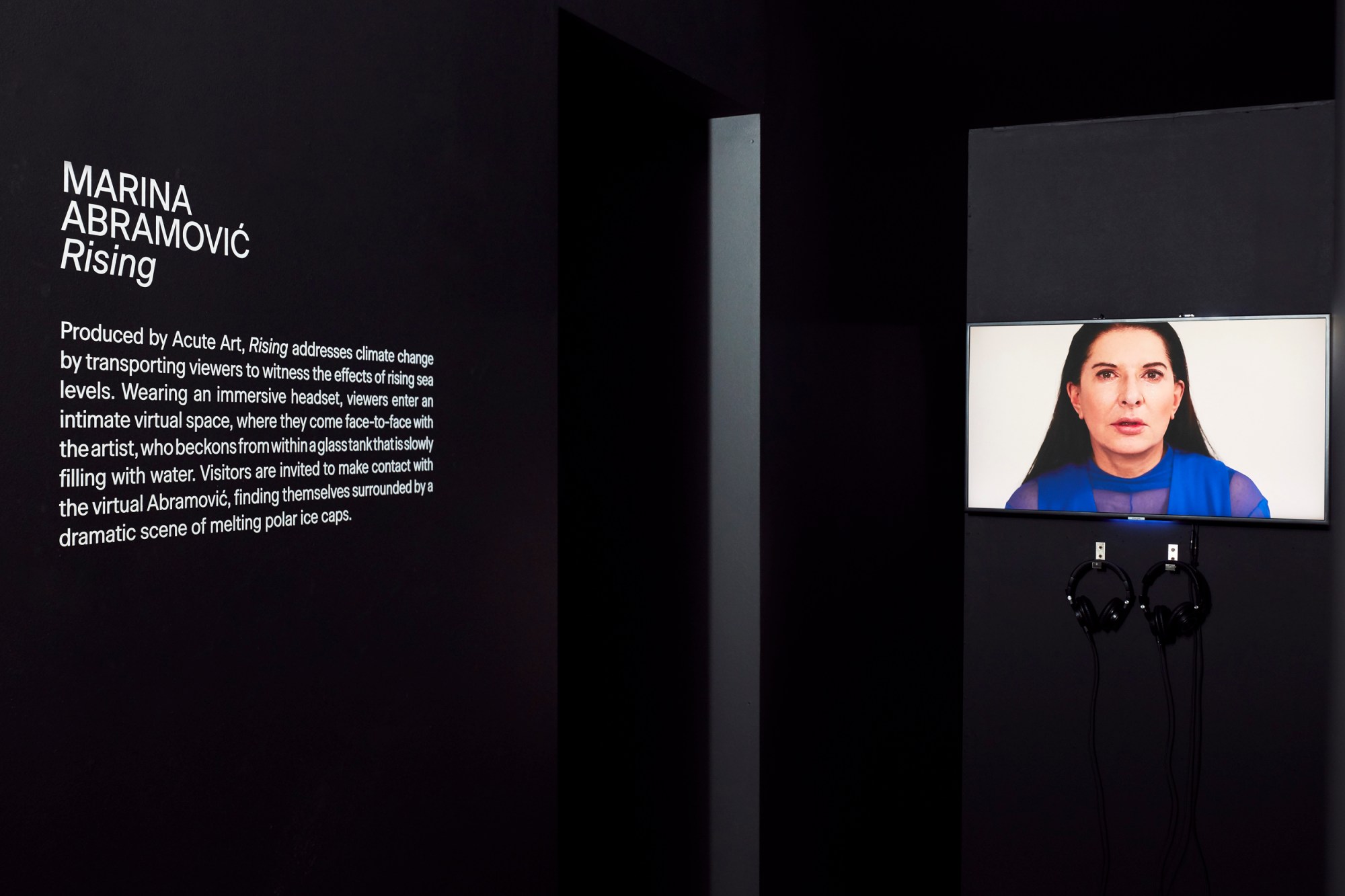
“Marina Abramović : Rising” and “Renata Morales: Invasor,” Ca’ Rezzonico Gallery through October 28, 2019
Phi Centre, a Montreal-based cultural organization, continues to show their commitment to the intersection of art and technology with a presentation of two female artists at this year’s biennale. The exhibition at Palazzo Ca’ Rezzonico includes a mixed-media installation by the Mexican artist Renata Morales, “Invasor”—the culmination of a two-year residency with Phi consisting of ceramic sculptures of female figures, animals, dinosaurs, and leftover objects and debris transported from the artist’s studio in Guadalajara, Mexico. The second part of the exhibition is a virtual reality piece by Marina Abramović where visitors, wearing an immersive headset, are forced to reckon with the dramatic effects of rising sea levels and climate change.
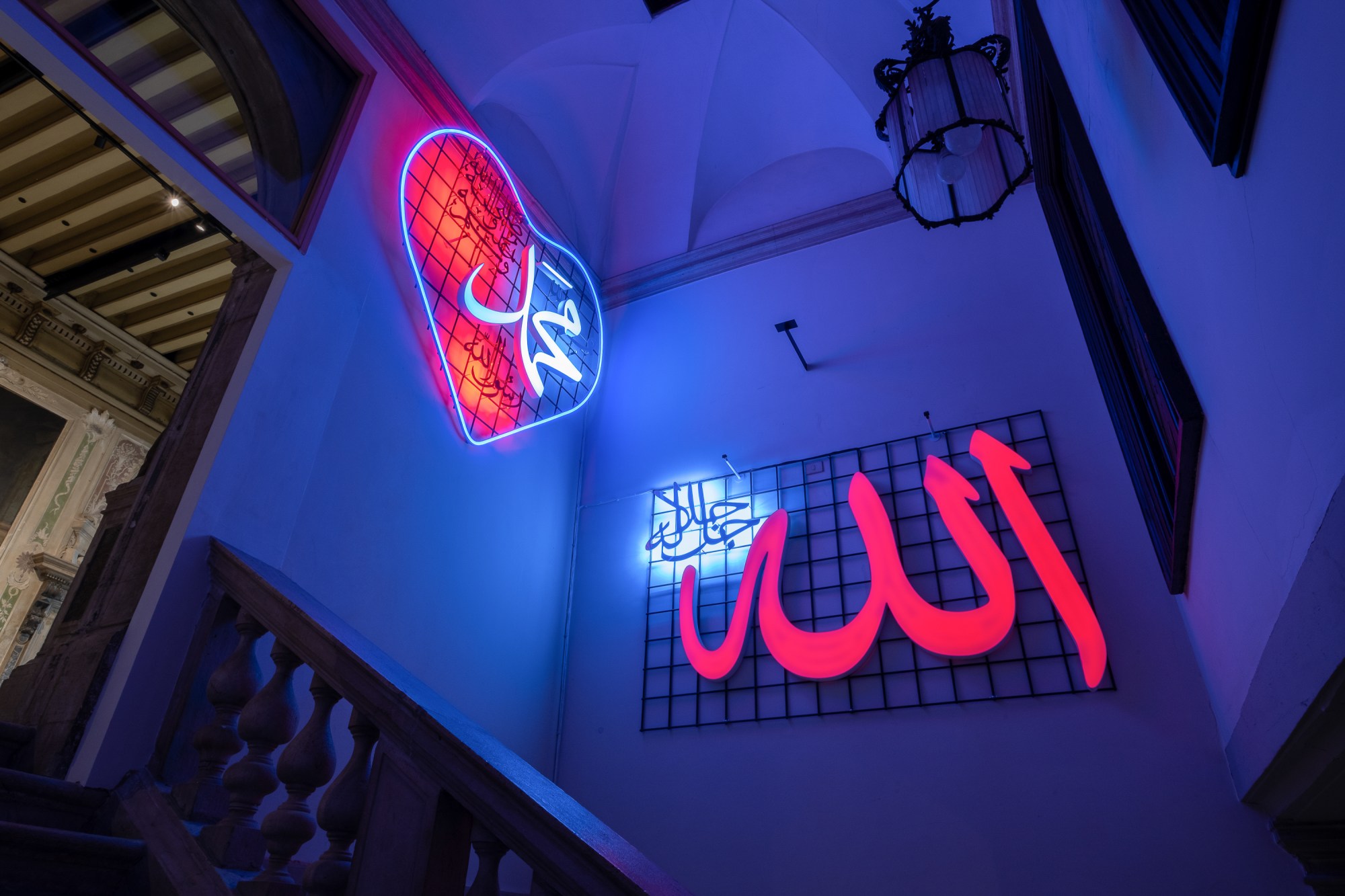
Future Generation Art Prize 2019, Palazzo Ca’Tron through August 18, 2019
The biannual show presented by the PinchukArtCentre and the Victor Pinchuk Foundation spotlights emerging artists under the age of 35 who have been shortlisted for the Future Generation Art Prize. This year, the exhibition showcases existing as well as new site-specific pieces addressing issues around the interpretation of knowledge, globalization, technology, and an uncertain future. Among the 21 chosen artists are darlings of the international art world like Sondra Perry and Kasper Bosmans as well as quick-risers on the contemporary scene like Gala Porras-Kim and Rodrigo Hernández.
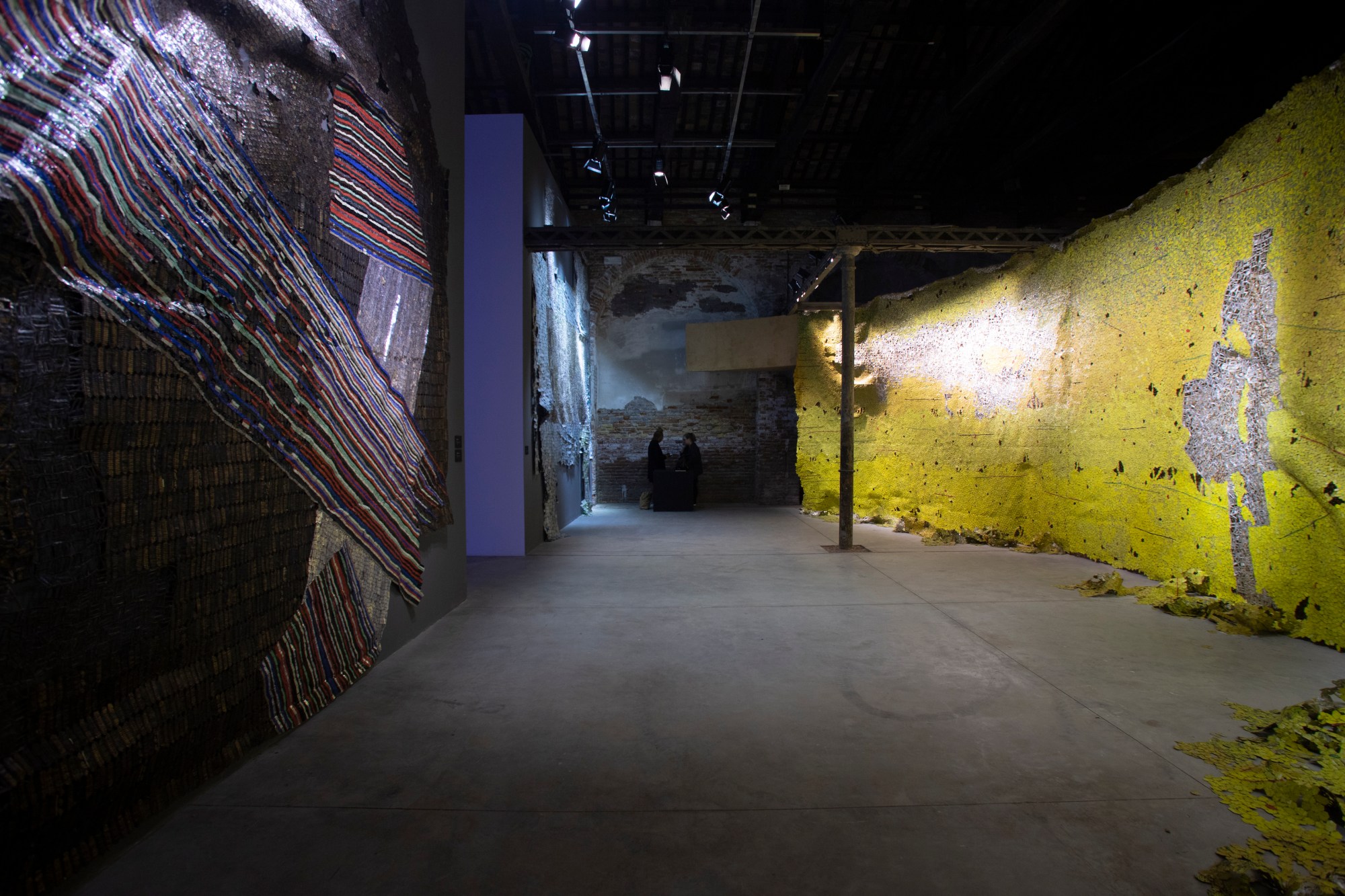
National Pavilion of Ghana, Artigliere of the Arsenale through November 24, 2019
Ghana is making its much-anticipated debut at the Venice Biennale with an all-star cast of artists and organizers. Curated by art historian and filmmaker Nana Oforiatta Ayim, the David Adjaye-designed pavilion takes the form of elliptically shaped spaces plastered with soil imported from Ghana. In the multi-generational selection of heavy-hitting artists will be installations by El Anatsui and Ibrahim Mahama, a three-channel film projection by John Akomfrah, and a video sculpture by Selasi Awusi Sosi. The pavilion also includes contributions by Felicia Abban, the country’s first professional female photographer, and Lynette Yiadom-Boakye, the 2013 Turner Prize nominee whose tender portraits of fictional black characters will be the subject of a major survey at London’s Tate Britain in 2020.

Arshile Gorky: 1904-1948, Ca’ Pesaro International Gallery of Modern Art through September 22, 2019
From his birth as Vostanik Manoug Adoian in 1904 to Armenian parents in the Ottoman Empire to his tragic suicide at the age of 44, Arshile Gorky was an artist that vehemently resisted labels. He is hailed as both the father of Abstract Expressionism and the last Surrealist, a master of the Old and New, of both figuration and abstraction.
The exhibition at Ca’ Pesaro is the first major Italian survey of the remarkable artist and includes more than 80 works tracing his interrogation of modernist masters in the 1920s to the late paintings of the 1940s that would establish him as one of the pivotal figures of 20th Century American Art alongside Rothko, Pollock, and de Kooning.
“Through his first monographic exhibition in Italy, Gorky’s extraordinary creative persona will illuminate areas still in the shadows of the history of the art of our country, allowing us to explore in depth the osmosis between European and American painting, of which Gorky was undoubtedly one of the most important innovators,” said co-curator Gabriella Belli.
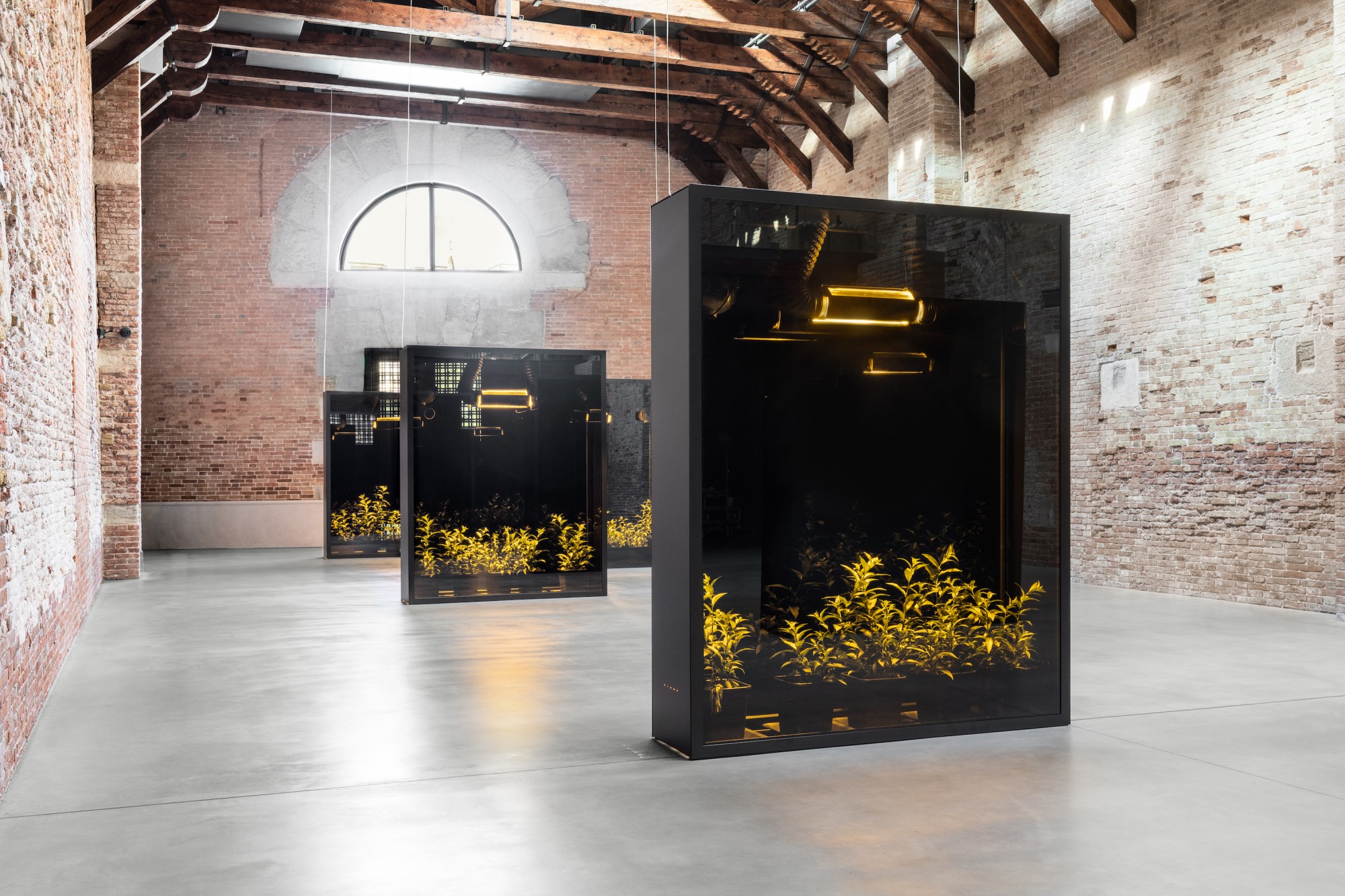
Luogo e Segni, Punta della Dogana through January 6, 2020
Named after a Carole Rama that translates to “places and signs,” the current exhibition in the former customs building is a beautiful mapping of the places where nature, creation, and poetry intertwine. The 36 artists on display from Francois Pinault’s sprawling collection draw inspiration from the writings of the poet and artist Etel Adnan, also part of the show and with whom many artists on display have a very strong connection. A running theme to the exhibition, in addition to the special affinity that binds the artists, is the memory of places: of Venice and its many overlapping eras, but also of Beirut, New York, Rio de Janeiro, Lahore, and Sarajevo. Some of the featured artists include Roni Horn, Tacita Deam, Félix Gonzáez-Torres, and Tatiana Trouvé— their conceptual, poetic works a stark contrast to the flashy Damien Hirst exhibition that occupied the space two years ago.
